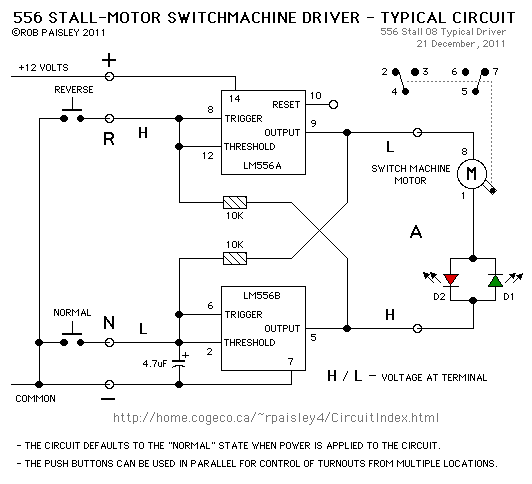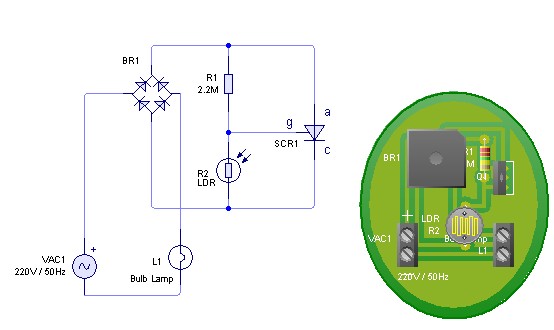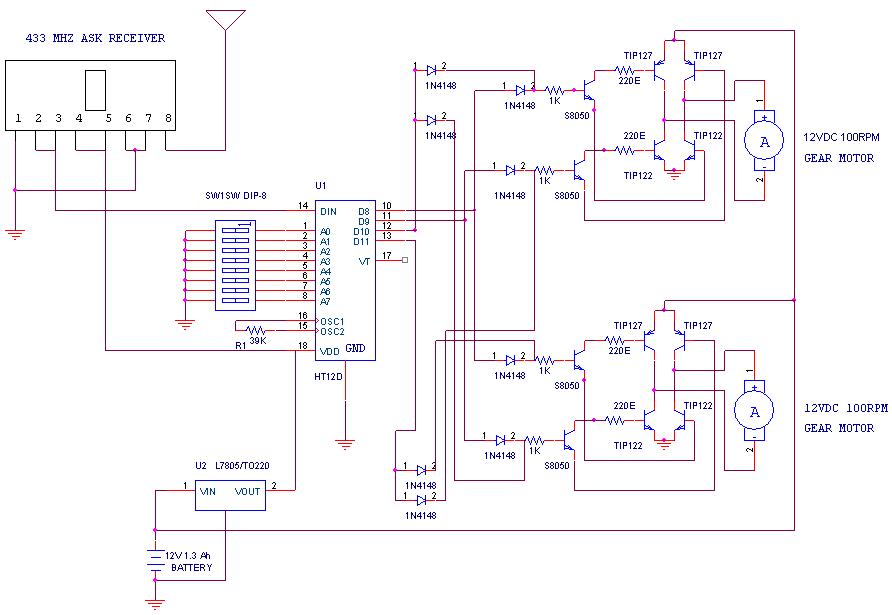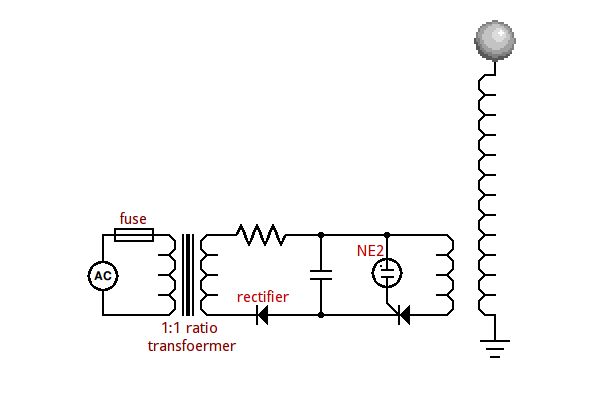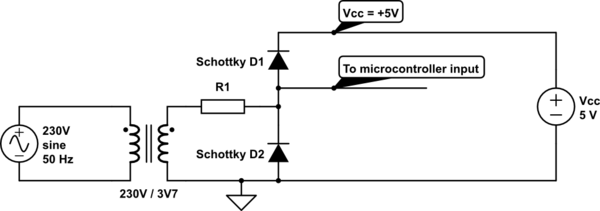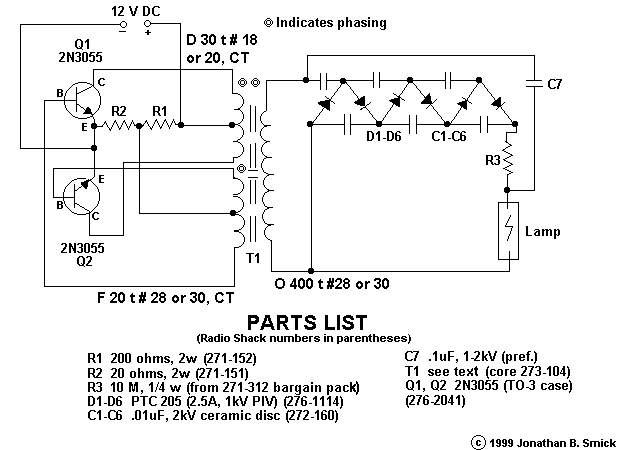
74HC240 produces and seeks all robot
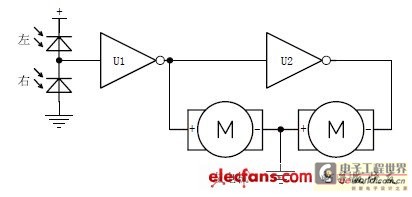
This text introduces a system designed to facilitate smooth robotic operations using the 74HC240 integrated circuit. It emphasizes the implementation of low-cost technology that is accessible to everyone. The Schmitt trigger's threshold voltage is a critical aspect of the system, and understanding its characteristics is essential. Invented in 1934 by Otto Herbert Schmitt, the Schmitt trigger is a regenerative comparator circuit that features two stable states. Unlike a typical flip-flop, it utilizes electric potential to maintain its state based on the input signal. The Schmitt trigger has distinct threshold voltages: the positive threshold voltage, which triggers a state change when the input signal rises, and the negative-going threshold voltage, which triggers a state change when the input signal falls. The difference between these threshold voltages is known as the return voltage difference. In standard operation, if the input voltage exceeds the positive threshold, the output is high; if it drops below the negative-going threshold, the output is low. This characteristic results in a phenomenon known as hysteresis, which provides memory-like behavior and enhances noise immunity in open-loop applications. The improved robotic system incorporates light-sensitive diodes and the 74HC240 integrated circuit, a powerful three-state buffer with Schmitt trigger characteristics. This circuit temporarily holds data from the processor for transmission to peripheral hardware, allowing for synchronization between high-speed CPU operations and slower peripheral components. The integration of the 74HC240 enhances the robotic control system, enabling effective coordination between electronic components and mechanical structures for efficient operation.
The 74HC240 integrated circuit plays a pivotal role in the design of robotic systems, particularly in applications where signal integrity and response time are critical. As a three-state buffer, it provides the ability to manage multiple input signals effectively, allowing for seamless communication between various components of the robotic system. The inclusion of the Schmitt trigger functionality within the 74HC240 ensures that the circuit can handle noisy signals without producing erroneous outputs, making it ideal for environments where electrical interference may be present.
In practical applications, the Schmitt trigger's hysteresis effect is particularly beneficial in reducing false triggering caused by small fluctuations in input signals. This characteristic is essential in robotic systems where precise control is needed for tasks such as navigation and manipulation. The use of light-sensitive diodes as part of the input mechanism allows the robot to respond dynamically to changes in its environment, enhancing its ability to interact with various stimuli.
Furthermore, the buffering capabilities of the 74HC240 enable the robotic system to maintain data integrity during high-speed operations, ensuring that commands from the central processing unit (CPU) are accurately relayed to peripheral devices. This synchronization is crucial for the effective execution of complex tasks, as it allows the robot to operate smoothly without lag or data loss.
Overall, the combination of the Schmitt trigger's unique characteristics and the robust functionality of the 74HC240 integrated circuit provides a solid foundation for developing advanced robotic systems. These systems can achieve a high degree of reliability and efficiency, paving the way for future innovations in robotics and automation technology.This text give reader it introduces another that Is produces to be central to seek the smooth robot as top management by 74HC240, still carry out low technology, low-cost making idea, enjoy together with everybody. The threshold voltage of the Schmitt trigger has determined the set value of the system, the characteristic of the Schmitt trigger has
just determined the characteristic of this system. So it is necessary to know the characteristic of this device thoroughly. The Schmitt trigger was invented in 1934 by the American scientist Otto Herbert Schmitt, he was only a graduate student at that time. In thing the next three years, he describes as this invention Thermionic Trigger in its thesis for the Doctorate.
This invention is the direct achievement that he carries on research to the neural pulse propagation in squid`s nerve. In electronics, the Schmitt trigger includes the regenerative comparator circuitry. The Schmitt trigger has two stable conditions too, but the one different from general flip-flop is, the Schmitt trigger adopts the electric potential to touch off the way, its state is kept by the electric potential of the input signal; As to the negative-going input signal of decreasing progressively and which increase progressively two kinds of different change directions forward, the Schmitt trigger has different threshold voltage.
The Schmitt trigger is a kind of special gate network, different from ordinary gate network, the Schmitt trigger has two pieces of threshold voltage, are called positively threshold voltage and negative-going threshold voltage separately. Make the input voltage that the circuit state changes called the positively threshold voltage while the input signal rises to the high level from the low level, make the input voltage that the circuit state changes called the negative-going threshold voltage while the input signal drops from high level to the low level.
The forward direction threshold voltage difference of and negative-going threshold voltage is called the voltage of return difference. As to the standard Schmitt trigger, as the input voltage is higher than the positively threshold voltage, export it for being high; As the input voltage is lower than the negative-going threshold voltage, export it for being low; Act as and input it among exactly negative-going threshold voltage, not exporting the change, that is to say the output is turned over from the high level and transferred to low level, it is different or is turned over from the low level and transferred to the correspondent threshold voltage of high level.
Only when the input voltage changes enoughly, export will change. This kind of threshold movement is known as the sluggish phenomenon, indicate there is memory nature in the Schmitt trigger, anti-interference that can be used for in the open loop is disposed. Fig. 2 improves seeking all robot of edition, the key part is formed by a pair of light sensitive diodes and 74HC240 integrated circuits.
74HC240 is a slice of powerful three-state buffer, integrate No. 8 within the chip and have Schmitt trigger that import the characteristic reverse dashpot. In the digital calculator, the function of this kind of dashpot is the data used for preserving the processor to send to the peripheral hardware temporarily, there are numerical control dashpots, can make CPU part and peripheral hardware of the slow speed work of the high speed operation play a coordinating and buffering role, realize the synchronism of data transmission. Seeking all robot of this improvement edition, because of have joining of 74HC240, make control system of robot and can succession get all advantages of Schmitt trigger hereinbefore introduce, can rely on the function of the dashpot, to coordinate the cooperation between robot electronic part and machine construction.
Complete the robot run mode for the future actually, is between analog control and di 🔗 External reference
The 74HC240 integrated circuit plays a pivotal role in the design of robotic systems, particularly in applications where signal integrity and response time are critical. As a three-state buffer, it provides the ability to manage multiple input signals effectively, allowing for seamless communication between various components of the robotic system. The inclusion of the Schmitt trigger functionality within the 74HC240 ensures that the circuit can handle noisy signals without producing erroneous outputs, making it ideal for environments where electrical interference may be present.
In practical applications, the Schmitt trigger's hysteresis effect is particularly beneficial in reducing false triggering caused by small fluctuations in input signals. This characteristic is essential in robotic systems where precise control is needed for tasks such as navigation and manipulation. The use of light-sensitive diodes as part of the input mechanism allows the robot to respond dynamically to changes in its environment, enhancing its ability to interact with various stimuli.
Furthermore, the buffering capabilities of the 74HC240 enable the robotic system to maintain data integrity during high-speed operations, ensuring that commands from the central processing unit (CPU) are accurately relayed to peripheral devices. This synchronization is crucial for the effective execution of complex tasks, as it allows the robot to operate smoothly without lag or data loss.
Overall, the combination of the Schmitt trigger's unique characteristics and the robust functionality of the 74HC240 integrated circuit provides a solid foundation for developing advanced robotic systems. These systems can achieve a high degree of reliability and efficiency, paving the way for future innovations in robotics and automation technology.This text give reader it introduces another that Is produces to be central to seek the smooth robot as top management by 74HC240, still carry out low technology, low-cost making idea, enjoy together with everybody. The threshold voltage of the Schmitt trigger has determined the set value of the system, the characteristic of the Schmitt trigger has
just determined the characteristic of this system. So it is necessary to know the characteristic of this device thoroughly. The Schmitt trigger was invented in 1934 by the American scientist Otto Herbert Schmitt, he was only a graduate student at that time. In thing the next three years, he describes as this invention Thermionic Trigger in its thesis for the Doctorate.
This invention is the direct achievement that he carries on research to the neural pulse propagation in squid`s nerve. In electronics, the Schmitt trigger includes the regenerative comparator circuitry. The Schmitt trigger has two stable conditions too, but the one different from general flip-flop is, the Schmitt trigger adopts the electric potential to touch off the way, its state is kept by the electric potential of the input signal; As to the negative-going input signal of decreasing progressively and which increase progressively two kinds of different change directions forward, the Schmitt trigger has different threshold voltage.
The Schmitt trigger is a kind of special gate network, different from ordinary gate network, the Schmitt trigger has two pieces of threshold voltage, are called positively threshold voltage and negative-going threshold voltage separately. Make the input voltage that the circuit state changes called the positively threshold voltage while the input signal rises to the high level from the low level, make the input voltage that the circuit state changes called the negative-going threshold voltage while the input signal drops from high level to the low level.
The forward direction threshold voltage difference of and negative-going threshold voltage is called the voltage of return difference. As to the standard Schmitt trigger, as the input voltage is higher than the positively threshold voltage, export it for being high; As the input voltage is lower than the negative-going threshold voltage, export it for being low; Act as and input it among exactly negative-going threshold voltage, not exporting the change, that is to say the output is turned over from the high level and transferred to low level, it is different or is turned over from the low level and transferred to the correspondent threshold voltage of high level.
Only when the input voltage changes enoughly, export will change. This kind of threshold movement is known as the sluggish phenomenon, indicate there is memory nature in the Schmitt trigger, anti-interference that can be used for in the open loop is disposed. Fig. 2 improves seeking all robot of edition, the key part is formed by a pair of light sensitive diodes and 74HC240 integrated circuits.
74HC240 is a slice of powerful three-state buffer, integrate No. 8 within the chip and have Schmitt trigger that import the characteristic reverse dashpot. In the digital calculator, the function of this kind of dashpot is the data used for preserving the processor to send to the peripheral hardware temporarily, there are numerical control dashpots, can make CPU part and peripheral hardware of the slow speed work of the high speed operation play a coordinating and buffering role, realize the synchronism of data transmission. Seeking all robot of this improvement edition, because of have joining of 74HC240, make control system of robot and can succession get all advantages of Schmitt trigger hereinbefore introduce, can rely on the function of the dashpot, to coordinate the cooperation between robot electronic part and machine construction.
Complete the robot run mode for the future actually, is between analog control and di 🔗 External reference
